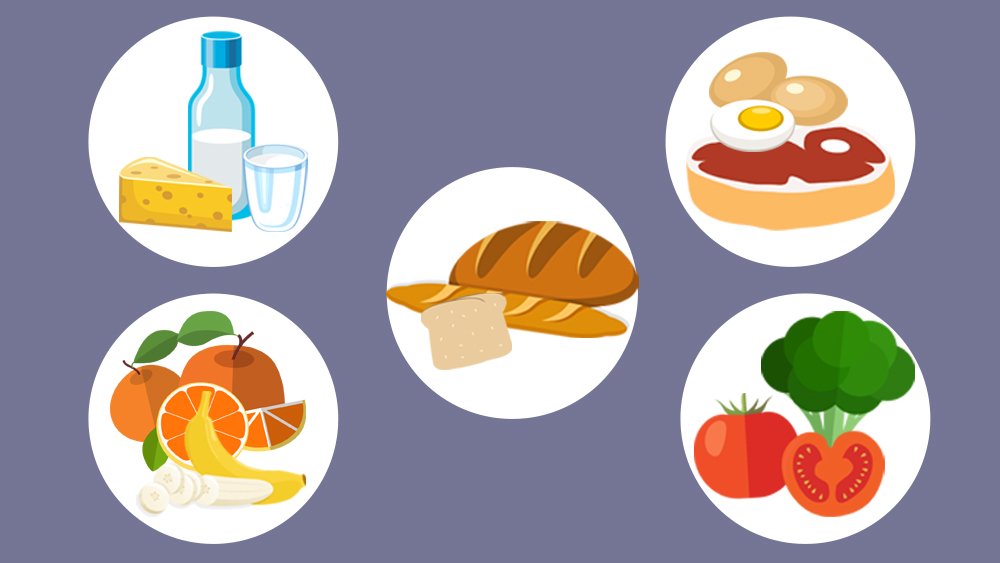Starting solids
NHMRC guidelines suggest starting at around 6 months. Try foods that contain iron. Examples are iron-enriched infant cereals, pureed meat, poultry, fish, cooked tofu and legumes.
Then add vegetables, fruits, and dairy products such as full-fat yoghurt, cheese and custard.
Start with purees, then try mashed foods, then minced and chopped foods.
By 8 months most infants can manage ‘finger foods.’
By 12 months, infants can eat most foods that the rest of the family eat.
TIMELINE SUMMARY
Your baby will need to eat a variety of solid foods for good nutrition. This also helps your child get used to a range of flavours. Try to use foods from all five food groups.
These include:
fruit
vegetables, legumes and beans
grain (cereal) foods, including breads, rice, pasta and noodles, mostly wholegrain or high cereal fibre types
lean meat, fish, poultry and/or alternatives
milks, yoghurts, cheeses or alternatives.
-
Eat for health (Australian Dietary Guidelines)
https://www.eatforhealth.gov.au/guidelines/australian-guide-healthy-eating
Pregnancy, Birth and Baby: Introducing Solid Food
https://www.pregnancybirthbaby.org.au/introducing-solid-food
Health Direct: Healthy Eating for Children
-
Food Safety and Hygiene
Food Safety and Hygiene
Food safety and allergies
-
Don't give your baby cow’s milk, fruit juice and sugar-sweetened drinks below 12 months. These drinks may mean the baby has less breast milk or formula. You can use cooled boiled tap water until 12 months.
Prevent salmonella poisoning by cooking all eggs.
Do not use uncooked products containing raw eggs, for example, homemade ice cream or mayonnaise.
Do not give honey to infants less than 12 months old. Honey can cause infant botulism.
-
Food allergies are different to food intolerance. A food intolerance is a reaction to the food you’re eating, but the reaction isn’t caused by your immune system. Food allergies are generally more severe and have more symptoms than food intolerances.
-
diarrhoea or vomiting
swollen lips and throat
wheezing and shortness of breath
runny or blocked nose
itchy skin or rash
a cough
itchy throat and tongue
sore, red and itchy eyes
Let’s prevent food allergies
How do you introduce the common allergy causing foods?
Introduce the common allergy foods one at a time.
This will make it easier to identify the problem food if an allergic reaction occurs.
Once you have fed your baby the common allergy causing food, it is important to continue to include these foods in your baby’s meal at least twice a week.
If you are worried about giving your baby an allergy causing food you can place a small amount on inside of their lip to start.
For more information on how to prevent food allergies visit:
https://preventallergies.org.au/feeding-your-baby/how-to-introduce-common-allergy-causing-foods/
SAFETY AND HYGIENE
When preparing food always wash your hands and utensils (knives, forks and spoons) in warm soapy water.
Do not share spoons or use shared utensils to taste your baby’s food. Clean your baby’s dummy with water. Do not use your mouth to clean it.
Encourage your baby to chew.
Do not give small, hard pieces of food. These can cause choking.






